The Ultimate Lake District Guide: Your Complete Travel Through England's Natural Paradise
Your Gateway to England's Natural Paradise: The Lake District Awaits
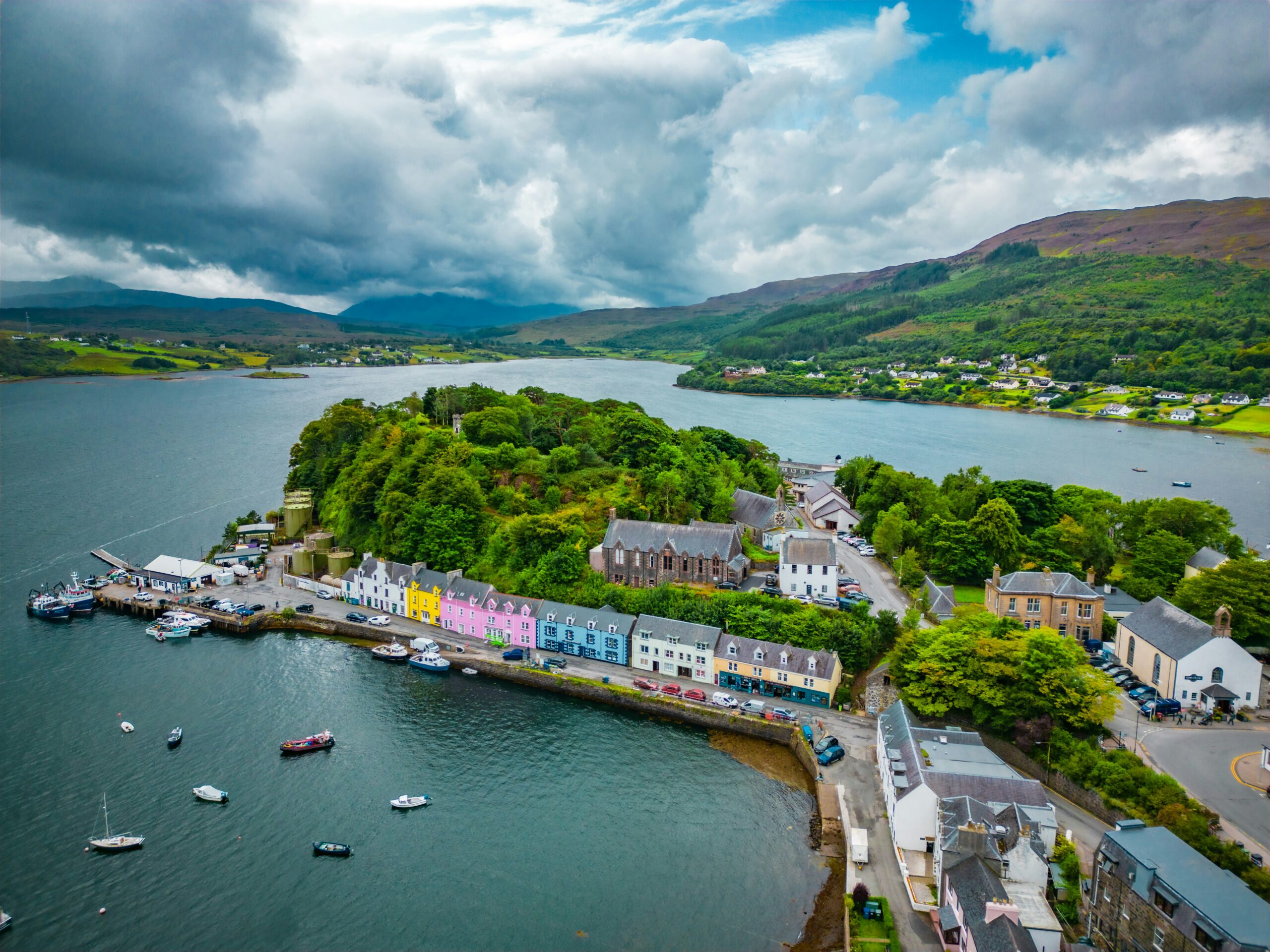
Picture this: 912 square miles of breathtaking scenery where emerald valleys cradle mirror-like lakes, ancient stone walls weave through rolling fells, and cascading waterfalls thunder down dramatic cliff faces. Welcome to the Lake District, England's crown jewel and largest National Park, where 16 perfect lakes, 197 tarns, and 214 Wainwrights create an outdoor paradise that has captivated visitors for centuries.
The Lake District isn't just a destination—it's an experience that awakens your senses and reconnects you with nature's raw beauty. Whether you're seeking adrenaline-pumping adventures on England's highest peaks or tranquil moments by secluded tarns, this comprehensive guide will unlock the secrets of this UNESCO World Heritage Site.
From selecting the perfect Lake District hotels to discovering hidden gems, we'll navigate every aspect of your journey. Whether you're drawn to luxury accommodation like Armathwaite Hall Hotel and Spa in Lake District, seeking unique Lake District cottages, or considering glamping Lake District experiences, this guide provides insider insights for crafting your perfect adventure.
Table of Contents
- Why the Lake District is Special
- Planning Your Perfect Trip: When to Visit & How Long to Stay
- Getting Around the Lake District: Car vs. Public Transport
- Top Adventurous Activities: Hikes, Wild Swims & Waterfalls
- Must-Visit Locations: Lakes, Tarns & Views
- Fuelling Your Adventure: Food, Coffee & Local Delights
- Where to Stay: Choosing Your Perfect Base
- Essential Tips for a Smooth Lake District Trip
- Frequently Asked Questions (FAQs)
Why the Lake District is Special
A Natural Countryside Paradise
The Lake District stands as England's largest National Park and holds the prestigious designation of UNESCO World Heritage Site. This isn't merely a collection of lakes and mountains—it's a living landscape that encapsulates the quintessential "English countryside" experience. Ancient dry-stone walls wind across verdant hills, connecting centuries-old farming communities where traditional Herdwick sheep graze beneath towering fells.
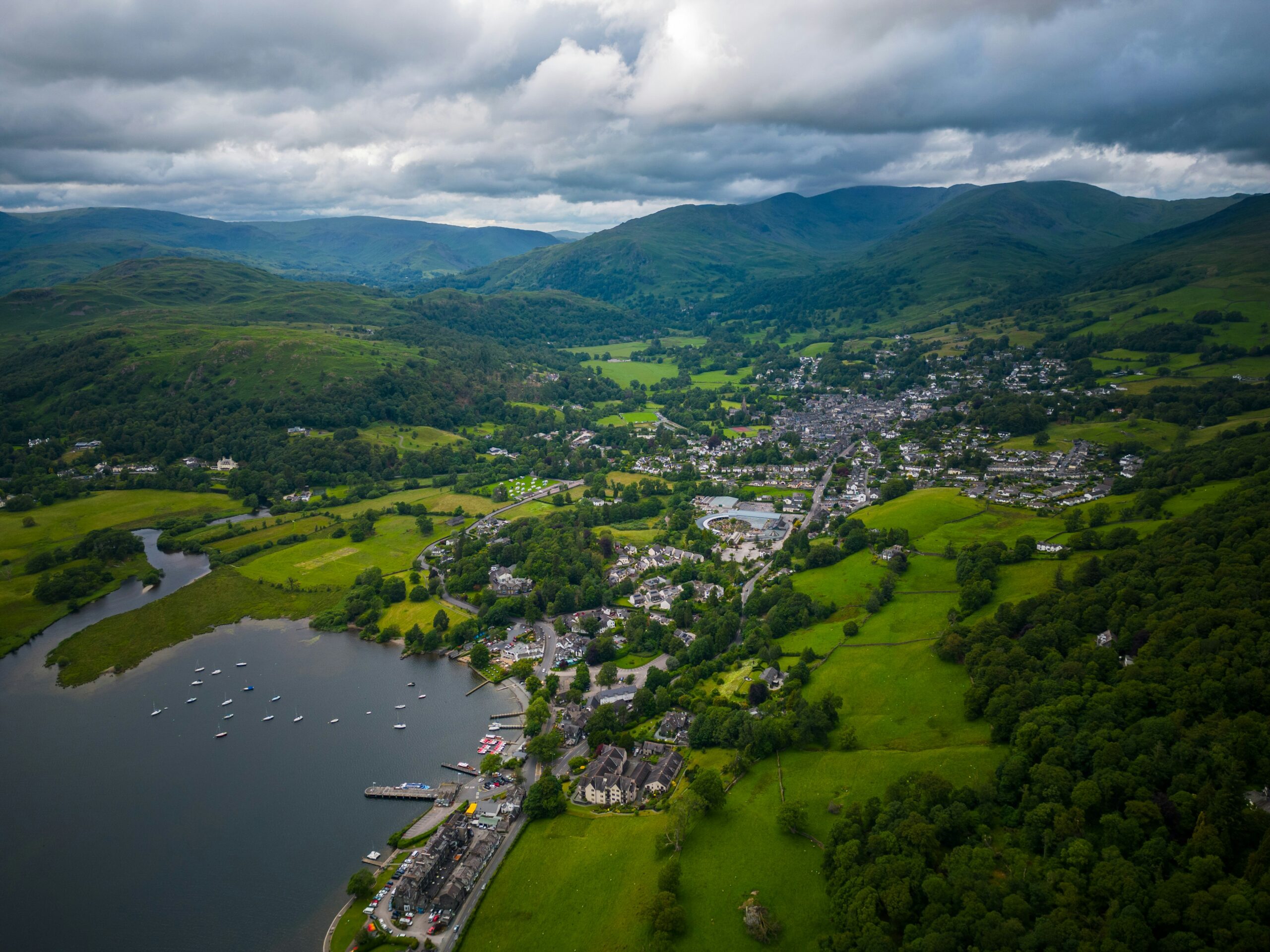
The region's unique geological history has carved a landscape of remarkable diversity. Volcanic activity and glacial movements over millions of years created the dramatic valleys, or "dales," that define the area. These natural forces sculpted the iconic lake-filled valleys that give the region its name, creating a geological masterpiece that continues to inspire artists, poets, and travellers alike.
A Hub for Outdoor Enthusiasts
What sets the Lake District apart is its incredible versatility as an outdoor playground. Even when the infamous Cumbrian weather turns moody—and it will, with over 200 days of rain annually—the region offers endless opportunities for adventure. The landscape accommodates every fitness level, from gentle lakeside walks perfect for families to challenging scrambles up Scafell Pike, England's highest peak at 978 metres.
The region's extensive network of public trails provides access to some of Britain's most spectacular scenery. Whether you're drawn to the rugged beauty of Wastwater, England's deepest lake, or the gentler charms of Grasmere, immortalised in Wordsworth's poetry, the Lake District delivers experiences that resonate long after your visit ends.
A Foodie's Paradise
Beyond its natural splendour, the Lake District has evolved into a culinary destination that rivals any in Britain. The region's commitment to local, seasonal produce shines through in its farm shops, artisan bakeries, and award-winning restaurants. Traditional Cumbrian specialities like Cumberland sausage and Kendal Mint Cake share menus with innovative dishes crafted from locally sourced ingredients.
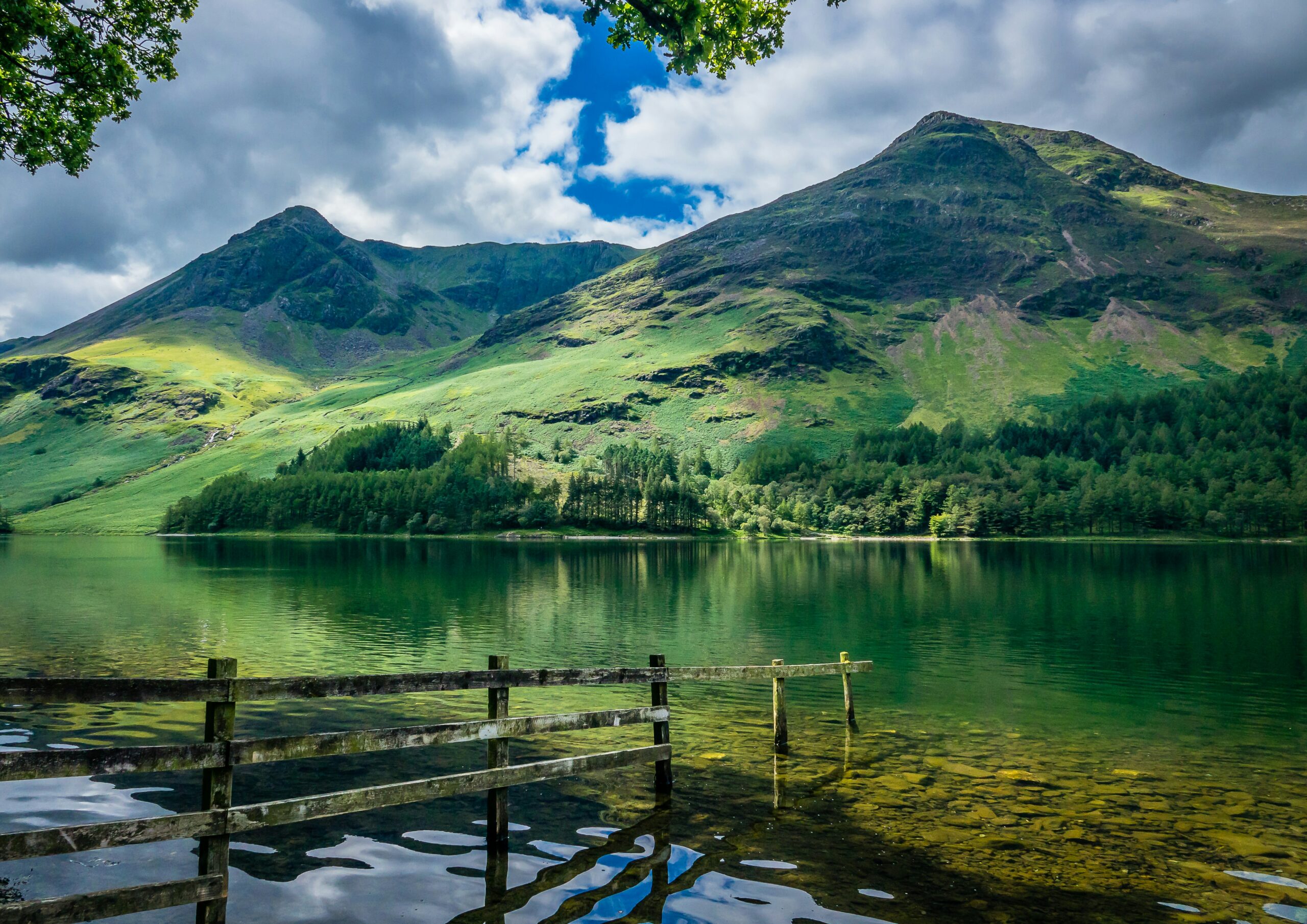
The area's craft brewery scene has exploded recently, with establishments like Hawkshead Brewery creating brews that perfectly complement the region's hearty pub fare. Traditional inns serve as gathering places where walkers swap stories over pints of locally brewed ale, continuing a tradition that stretches back centuries.
Planning Your Perfect Trip: When to Visit & How Long to Stay
Best Time to Visit
The Lake District's beauty transcends seasons, but each period offers distinct advantages. Summer (June-August) delivers the most reliable weather and longest daylight hours, perfect for extended hiking adventures and wild swimming. However, this popularity comes with crowds, higher prices, and the need for advance booking, especially for premium Lake District cottages.
Winter (December-February) transforms the landscape into a snow-dusted wonderland, offering solitude and crystalline air that makes every view spectacular. Whilst daylight hours are limited and weather can be challenging, the region's cosy pubs provide perfect respites. Many Lake District hotels offer special winter packages during this quieter period.
Autumn (September-November) might just be the Lake District's most magical season. The deciduous forests explode in gold, amber, and crimson, creating a photographer's paradise. The weather remains relatively mild, crowds thin considerably, and accommodation prices often drop from summer peaks.
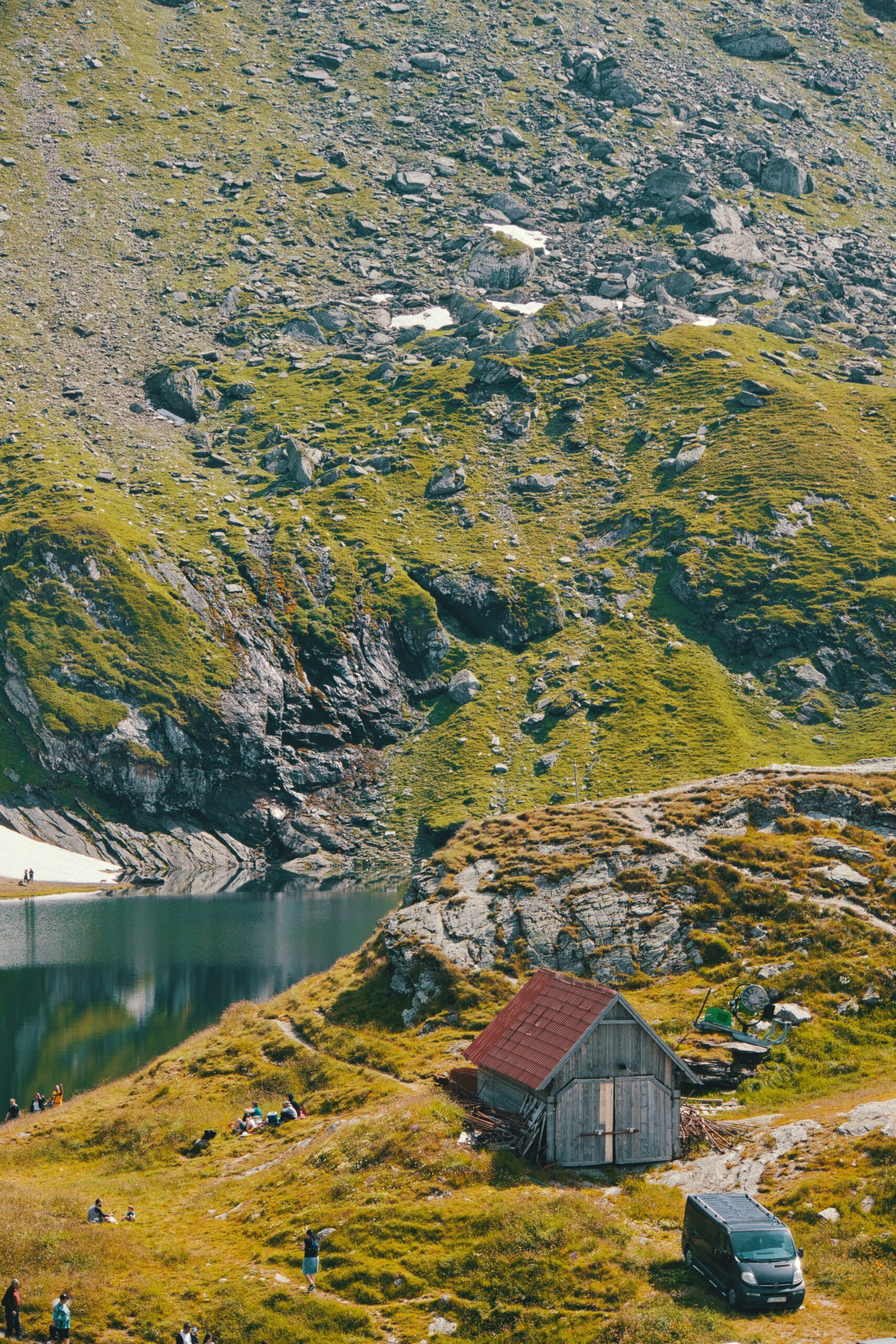
Spring and early summer (March-May) offer the perfect balance of improving weather and reasonable crowds. This period sees the landscape awakening from winter's sleep, with wildflowers carpeting the fells and baby sheep dotting the pastures.
Recommended Trip Length
Whilst you could spend weeks exploring the Lake District's treasures, a minimum of three days allows for a meaningful taste of the region's diversity. This timeframe provides sufficient flexibility to experience one major hike, visit several lakes, and sample the local culinary scene without feeling rushed.
However, the ideal Lake District experience spans 7-10 days, allowing for thorough exploration whilst maintaining the relaxed pace that makes the region so special. This duration accounts for inevitable "washout" days—those characteristically wet Cumbrian days that are perfect for museum visits or cozy pub sessions.
Daily Budget Planning Guide
Budget Traveller
Hostels, self-catering, packed lunches, public transport
Mid-Range Explorer
B&B accommodation, pub meals, occasional dining, car rental
Luxury Adventurer
Hotel accommodation, fine dining, guided tours, premium experiences
Premium Experience
Luxury hotels, Michelin dining, private guides, helicopter tours
The "Slow Travel" Approach
Resist the temptation to tick off every major attraction in rapid succession. Instead, focus on one area for a day or two before moving to the next. Consider spending time in specific zones like the dramatic Langdale Valley, the remote beauty of Wastwater, or the accessible charm of Derwentwater and Keswick. This approach allows for spontaneous discoveries and reduces stress on the region's narrow, winding roads.
Getting Around the Lake District: Car vs. Public Transport
By Car: Freedom and Flexibility
A car provides unparalleled freedom to explore the Lake District's hidden corners and remote beauty spots that public transport simply cannot reach. The region's narrow, winding roads demand careful driving but reward patience with access to secluded car parks and trailheads that serve as gateways to spectacular scenery.
If arriving by train from London Euston, consider hiring a car in Kendal, the region's southern gateway. Be prepared for steep mountain passes, single-track roads with passing places, and the occasional traffic jam caused by sheep using the road as their personal highway.
Without a Car: Sustainable Exploration
The Lake District's public transport network offers comprehensive coverage with proper planning. The West Coast Main Line connects London Euston directly to Oxenholme, with onward connections to Windermere. From Manchester, direct trains serve Windermere, making the region accessible from major northern cities.
The local bus network, operated primarily by Stagecoach, connects major towns and many trailheads. National Express offers direct coach services from major cities, whilst specialised minibus tours cater to walkers seeking access to remote starting points.
Lake cruises provide both transportation and sightseeing opportunities, with services operating on Windermere, Ullswater, Coniston Water, and Derwentwater. These can be combined with walking routes to create car-free adventures that showcase the region's beauty from unique perspectives.
For comprehensive transport planning, visit the official Visit Lake District website for the latest timetables and route information.
Top Adventurous Activities: Hikes, Wild Swims & Waterfalls
Hiking for Every Ability
The Lake District's hiking opportunities span from gentle lakeside walks to challenging mountain climbs. The region's well-maintained path network, combined with excellent signage and detailed Ordnance Survey mapping, makes navigation straightforward even for novice explorers.
Very Easy Walks cater to families seeking gentle introductions to the region's beauty. The circular walk from Tarn Hows to Tarn Hows offers stunning views with minimal elevation gain, whilst the path around Buttermere provides classic lake views accessible to all abilities.
Easy Hikes like the approach to Easedale Tarn near Grasmere offer moderate challenges with rewarding destinations. These walks typically involve some steep sections but remain manageable for most fitness levels.
Moderate Hikes such as the Old Man of Coniston or Loughrigg Fell demand greater fitness and preparation but reward efforts with spectacular panoramic views. These routes often involve sustained climbs and require proper hiking boots and weather protection.
The Hardest Hikes include conquering Scafell Pike or tackling the challenging ridges of Blencathra. These adventures require significant fitness, proper equipment, and ideally, previous mountain experience.
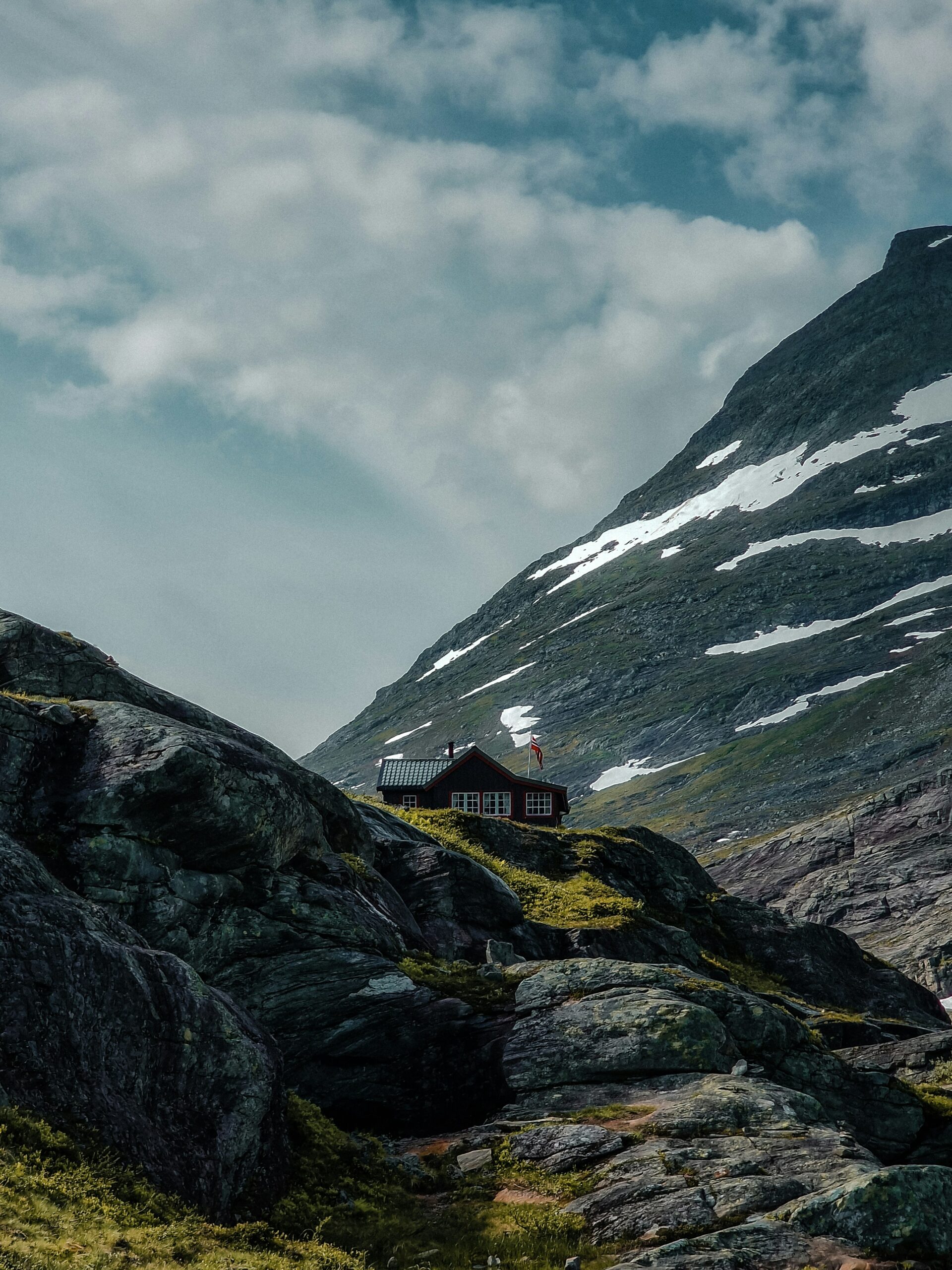
Wild Swimming Paradise
The Lake District's pristine waters offer some of England's finest wild swimming opportunities. Ten epic spots provide everything from easily accessible lake shores to hidden mountain tarns that require significant hikes to reach. Popular locations include the crystal-clear waters of Buttermere, the dramatic setting of Wastwater, and the easily accessible shores of Derwentwater.
Waterfall Wonders
The region's seven most spectacular waterfalls demonstrate the raw power of Cumbrian water. Moss Force Waterfall in the Buttermere Valley becomes particularly dramatic during rainfall, when increased flow creates thundering cascades. Scale Force, near Crummock Water, claims the title of the Lake District's highest waterfall at 51 metres.
Must-Visit Locations: Lakes, Tarns & Views
Northern Lakes: Tranquil Beauty
Ullswater, the region's second-largest lake, stretches for nine miles through spectacular scenery. Often compared to Switzerland's Lake Lucerne, Ullswater's serpentine shape creates constantly changing vistas. The charming town of Pooley Bridge provides an excellent base for exploration, whilst the famous Ullswater Steamers offer leisurely cruise options.
Derwentwater and Keswick form the heart of the northern Lake District, with Keswick serving as an excellent base for exploration. The lake's four islands make perfect photography subjects, whilst surrounding fells provide countless hiking opportunities. The popular Catbells Lakeland Walk offers spectacular views over the lake and surrounding valleys.
Buttermere Valley features three stunning lakes: Buttermere, Crummock Water, and Loweswater. This glacially carved valley offers some of the region's most accessible spectacular scenery, with a circular walk around Buttermere providing classic lake and mountain views.
Central and Southern Lakes
Ambleside, Grasmere, and Rydal Water form the cultural heart of the Lake District, steeped in literary history. This central area provides easy access to both high-level fell walks and gentle lakeside walks. The famous Grasmere Gingerbread Shop continues a tradition dating back to 1854.
Windermere, England's largest natural lake, serves as the region's busiest hub. Whilst busy and commercialised, it offers excellent facilities for water sports and family activities. The Yellow Cruise service connects Windermere to Ambleside, providing scenic transport options.
Coniston Water and Town provide perfect balance of accessibility and tranquillity. The picturesque town serves as base for challenging hikes up the Old Man of Coniston, whilst boat trips aboard the National Trust's Steam Yacht Gondola offer leisurely lake exploration.
Find Your Perfect Lake District Accommodation
Fuelling Your Adventure: Food, Coffee & Local Delights
Coffee Culture and Cosy Cafés
The Lake District's café culture has evolved far beyond simple refreshment stops, with fifteen exceptional establishments serving expertly crafted coffee to hearty breakfasts that fuel hiking adventures. Waterhead Coffee House in Ambleside has earned stellar reputation, whilst Esquires Coffee provides reliable quality across multiple locations.
Traditional Pubs and Dining
Classic pubs like the Ambleside Inn and Unicorn Hotel serve as community gathering places where locals and visitors share stories over pints of locally brewed ales. These establishments often feature live music and menus showcasing regional specialities like Cumberland sausage.
The region's restaurant scene includes establishments like Urban Food House in Windermere, Crafty Baa, and San Pietro. Sourdough Pizza Co in Ambleside and Zeffirellis cater to diverse dietary requirements, with the latter specialising in vegetarian cuisine.
No Lake District visit is complete without sampling Cartmel's famous sticky toffee pudding, available at the Cartmel Village Shop. The Bluebird Café at Coniston offers the perfect combination of lakeside views and quality food.
Where to Stay: Choosing Your Perfect Base
Best Recommendations
Keswick emerges as the ideal base for most visitors, particularly those prioritising northern lake access. This market town offers easy M6 access, excellent shopping and dining options, and serves as the gateway to Derwentwater and the Buttermere Valley. The town's location provides quieter experiences compared to busier southern areas.
Ambleside offers central location advantages with abundant facilities and excellent walking access, but these benefits come with significant drawbacks during peak seasons. The town's popularity creates parking challenges and crowds that can detract from the Lake District's tranquil atmosphere.
Accommodation Types
The region offers diverse accommodation options from luxury Lake District hotels to unique Lake District cottages. For exceptional service, establishments like Armathwaite Hall Hotel and Spa in Lake District offer world-class facilities within stunning natural settings.
The growing popularity of glamping Lake District experiences offers outdoor adventure with comfortable amenities, perfect for those seeking nature connection without sacrificing comfort. Self-catering options provide flexibility for extended stays and family groups.
Affiliate Disclosure
This website contains affiliate links to help you find the best Lake District accommodation and experiences. When you book through our recommended partners, we may receive a small commission at no extra cost to you. This helps support our travel guides and keeps our content free for all adventurers.
Essential Tips for a Smooth Lake District Trip
Pack Appropriate Clothing
The Lake District's reputation as England's wettest region demands serious preparation. With over 200 days of rain annually, waterproof clothing isn't optional—it's essential survival equipment. Invest in quality waterproof jackets and always carry them regardless of morning weather conditions.
National Trust Membership
A National Trust membership pays for itself quickly in the Lake District, where parking fees can accumulate rapidly. Members enjoy free parking at numerous locations, and membership fees directly support conservation efforts.
Offline Maps Are Essential
Mobile phone coverage in the Lake District's mountainous terrain is patchy. Offline mapping applications like Maps.ME provide free access to detailed maps that include hiking trails, elevation profiles, and estimated travel times without internet connection.
Prioritise Golden Hours
Early morning and late evening provide the Lake District's most magical experiences whilst avoiding crowds and parking difficulties. Sunrise and sunset photography opportunities become accessible when tourist buses aren't clogging narrow roads.
Don't Let Weather Discourage You
The Lake District's changeable weather creates opportunities rather than obstacles for prepared visitors. Rainy days offer perfect conditions for experiencing dramatic waterfalls at their most impressive, whilst reduced crowds provide more intimate landscape experiences.
Frequently Asked Questions (FAQs)
The Lake District is famous as one of the UK's most beautiful regions, featuring 16 perfect lakes, 197 tarns, 214 Wainwrights, and thousands of miles of hiking trails. As England's largest National Park and UNESCO World Heritage Site, it offers unparalleled natural beauty alongside vibrant local food scenes and rich cultural heritage.
A minimum of three days provides meaningful exposure to the region's diversity. However, 7-10 days represents ideal length for comprehensive exploration, accounting for weather variability and providing flexibility to discover hidden gems without rushing.
Absolutely. The Lake District caters to all ages, abilities, and interests, offering everything from gentle lakeside walks suitable for families to challenging mountain hikes for experienced climbers. The region's excellent path network and graduated difficulty levels make it perfect for building hiking confidence.
Whilst a car provides maximum freedom and access to remote areas, it's not essential. The region's public transport network connects major towns and many trailheads. However, some of the most spectacular locations require private transport to access.
